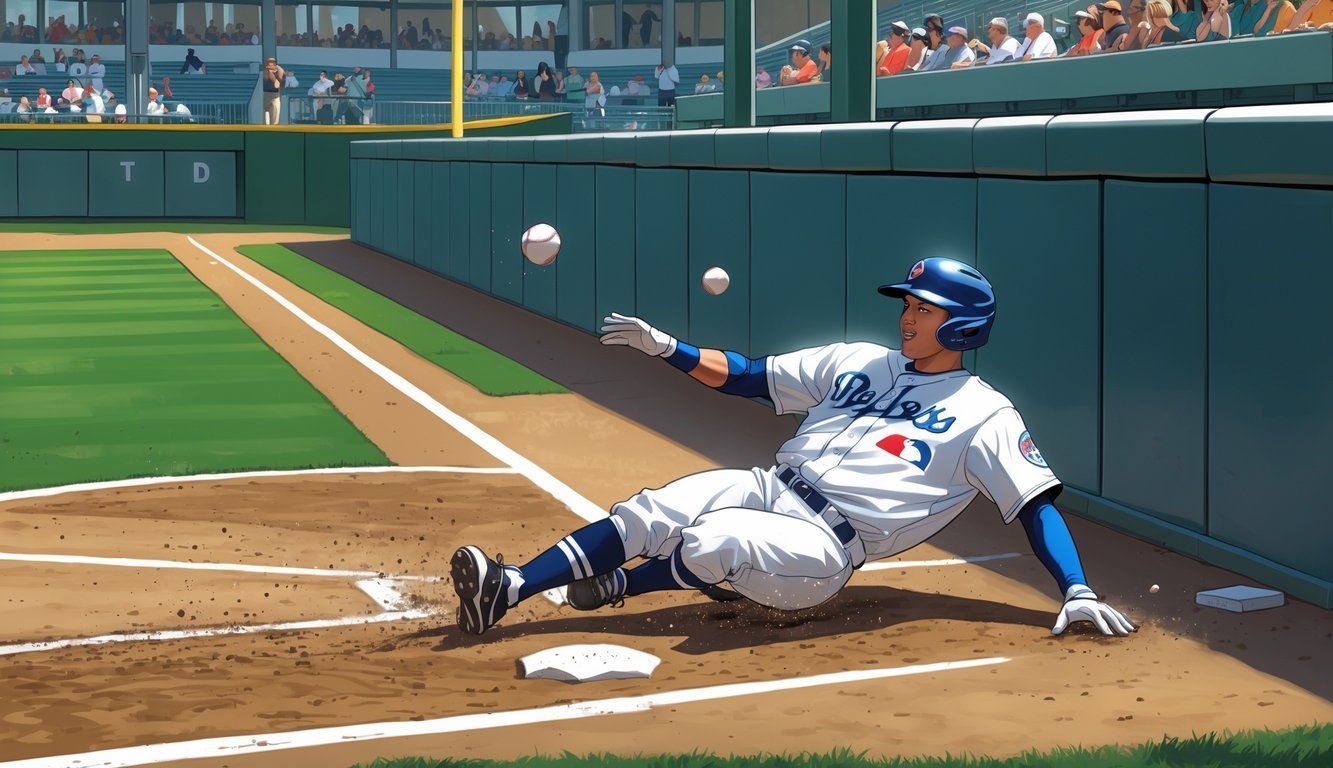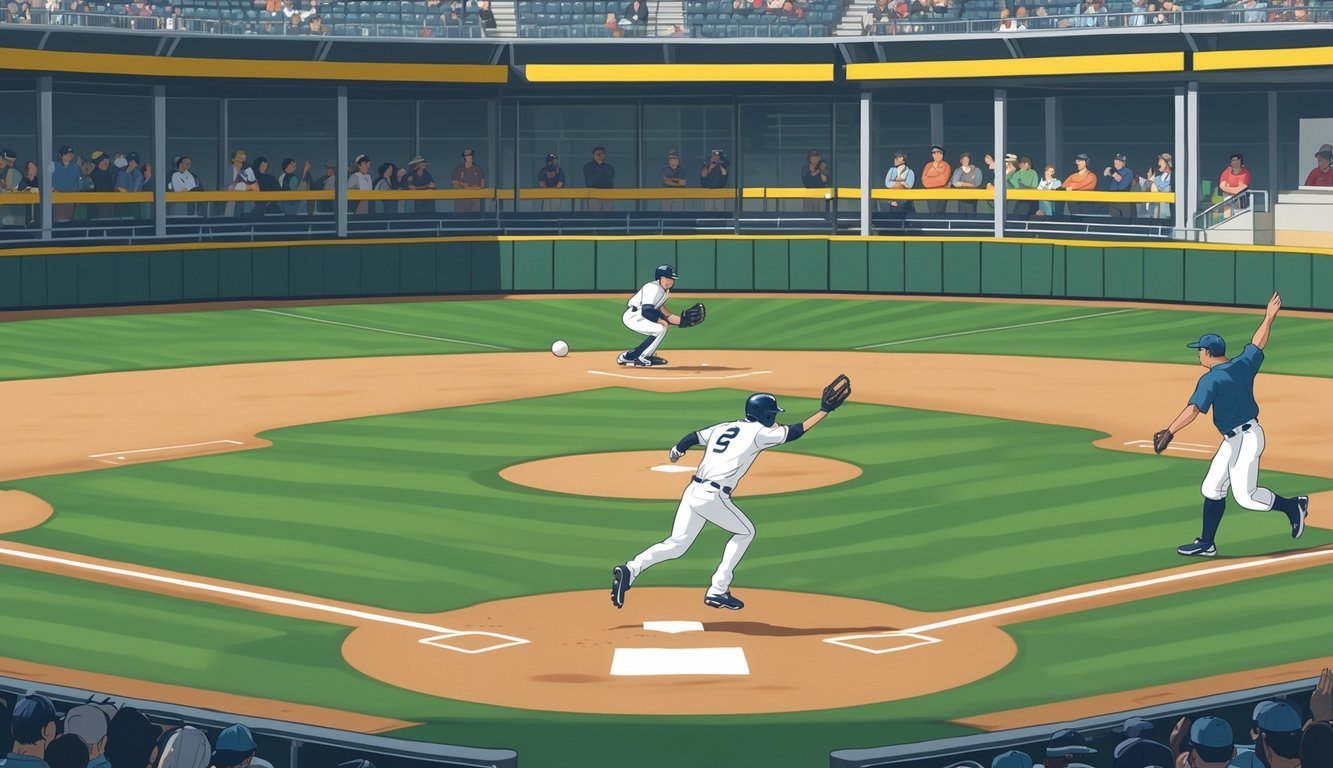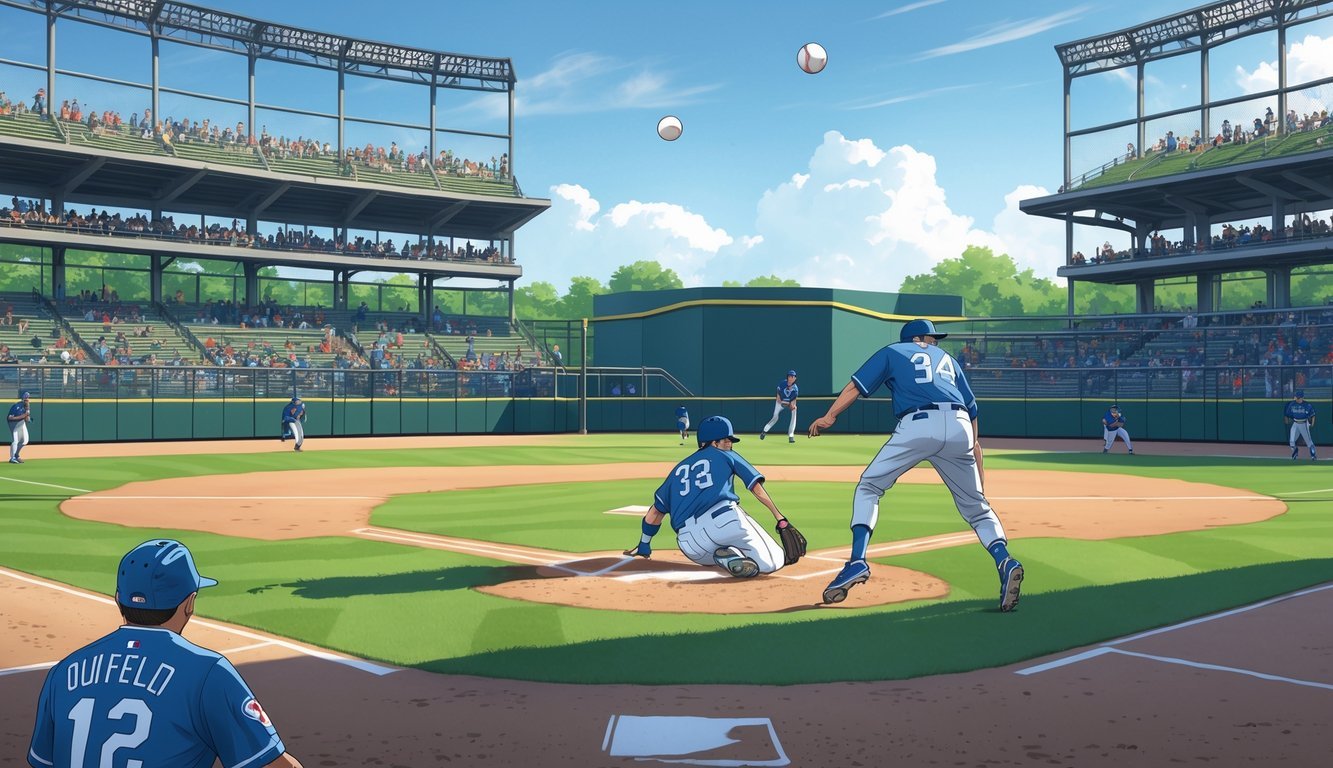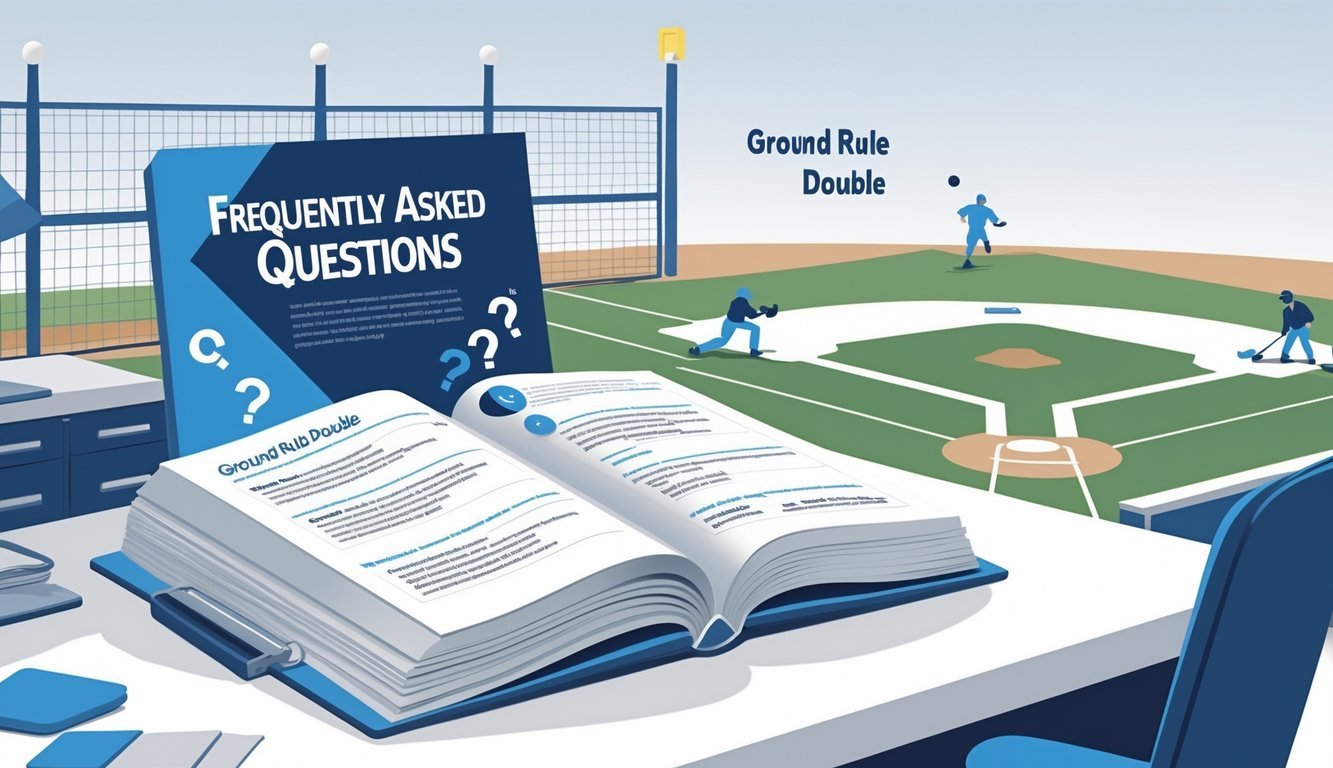PsychNewsDaily Publishers
100 Summit Drive
Burlington, MA, 01803
Telephone: (320) 349-2484
PsychNewsDaily Publishers
100 Summit Drive
Burlington, MA, 01803
Telephone: (320) 349-2484
A ground rule double occurs when a fair ball bounces out of play, awarding the batter and runners two bases automatically, varying by stadium rules.

If you watch baseball, you’ve probably heard the term ground rule double and thought, “Wait, what exactly is that?”
When the batter hits the ball and it bounces over the fence or lands in a weird spot where special rules kick in, the umpire gives the batter and any runners two bases automatically.
This rule keeps things fair when the field or fence makes it impossible to play the ball normally.
It’s one of those rules that can seem random, but it actually helps the game flow.
Ground rule doubles don’t play out the same way at every stadium.
Some ballparks have their own quirky rules based on their layout.
So, the same hit could get called differently depending on where you’re watching.
Knowing these little details makes baseball a lot more interesting, honestly.

When a batted ball goes out of play under certain conditions, the rules decide how far runners can go.
This has a big impact on where everyone ends up, especially if the ball bounces off or over the outfield fence.
A ground rule double happens when a fair ball bounces and then leaves the field—usually over the outfield fence.
The umpire awards the batter and any runners two bases from where they started when the pitch was thrown.
So, the batter just stops on second base—no questions asked.
MLB calls this an “automatic double” or “rule-book double,” and the ball is dead once it leaves fair territory like that.
Some ballparks tweak the rule a bit because of their own ground rules.
Stadiums with odd boundaries or fences force umpires to apply local rules when calling a ground rule double.
You’ll usually see a ground rule double when a fair ball bounces off the field and out of play—over a fence or into the stands, for example.
If an outfielder tries to field the ball and accidentally knocks it into dead ball territory, the umpire gives out two bases.
The ball has to bounce first, though.
If it flies over the fence without touching the ground, that’s just a home run.
When the umpire calls a ground rule double, runners on base move up two bases right away.
This system keeps things fair and avoids chaos about how far everyone should run.
A home run lets the batter go all the way around the bases, but a ground rule double only puts them on second.
With a regular double, the batter gets to second by hitting the ball into fair territory and not sending it out of play.
If the ball leaves the park in fair territory without bouncing, that’s a home run.
A ground rule double needs that bounce.
Here’s a quick comparison:
| Hit Type | Ball Bounces Out of Play? | Bases Awarded | Batter’s Final Base |
|---|---|---|---|
| Ground Rule Double | Yes | Two bases automatically | Second base |
| Regular Double | No | Reaches second by play | Second base |
| Home Run | No | All bases (home) | Home plate |
If you get these differences, you’ll have an easier time following the umpire’s calls and understanding how they affect the game.

Some ballparks have weird features that change how certain plays go down.
These quirks can make ground rule doubles a little unpredictable.
Different areas and obstacles may send the ball in odd directions, so umpires have to make special calls.
It’s part of what makes each stadium unique.
A few parks are famous for their unusual ground rules.
Take Wrigley Field—it’s got ivy on the outfield walls, and if the ball gets stuck in there, the umpire gives the batter a ground rule double.
At Fenway Park, the Green Monster wall can cause chaos.
If the ball hits the wall and then bounces into the seats or over the fence, it can mean a ground rule double—or sometimes, in rare cases, even a ground rule triple.
Tropicana Field has a roof with catwalks, and balls that hit those can trigger some pretty strange ground rule calls.
You never really know what’ll happen there.
A ground rule double usually happens when the ball bounces over or gets stuck beyond the outfield wall.
Sometimes, it’ll deflect off something odd—like fences, shrubbery, or even the scoreboard.
Fan interference can also lead to a ground rule double.
If a fan reaches out and messes with a ball in play, umpires might just call it a ground rule double to keep things fair.
Occasionally, an outfielder gets trapped behind an obstacle or fence while chasing a ball.
These odd situations force umpires to award a ground rule double so everyone knows where to go.
Umpires have to make judgment calls all the time with ground rule doubles.
They decide if the ball is really out of play or just in a tough spot.
Major League Baseball sets some basic universal ground rules, but each stadium’s quirks mean umpires sometimes interpret things differently.
If there’s fan interference or a weird deflection, umpires talk it over and try to be fair to both teams.
They sort out the ruling—maybe it’s a ground rule double, maybe not.
Watching how umpires handle these calls gives you a better feel for the game.

Maybe you’re wondering exactly when a ground rule double happens or how it’s different from other plays.
If you know what causes the call and what happens to runners, you’ll follow the game a lot better.
A ground rule double happens when a ball bounces in fair territory and then leaves the field—usually over the fence.
The batter gets second base automatically.
A ground rule double comes from the specific ballpark’s rules and the umpire’s call.
An automatic double is the general rule: batter and runners get two bases when a ball can’t be played.
Yes, if fans reach over and mess with a ball that’s still in play, umpires can call a ground rule double to keep things fair.
It’s not super common, but it happens.
The runner on first base moves up two bases, just like the batter.
So, they end up on third base.
This can happen if the ball bounces over the outfield fence, gets stuck somewhere in the stadium, or lands in a spot where players can’t get to it.
Basically, if the ball’s unplayable after a bounce, the umpire awards a ground rule double.
Yeah, it’s happened before. Sometimes an umpire calls a home run at first, but then changes it to a ground rule double after realizing the ball hit part of the fence or stadium before going out of play.